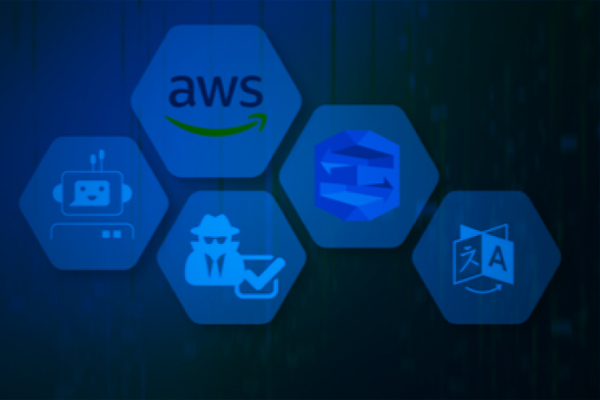A dashboard is a vital tool to understand the business performance of an organization. From a single interface, decision makers have access to key performance indicators (KPIs) of their business. The successful implementation of a dashboard is complex and requires a step-by-step process — a methodology that considers all aspects of the project lifecycle.
A basic dashboard development process would cover the following aspects:
Stage 1:- Functional Knowledge
Functional knowledge is where it all begins. In this stage, the business analyst (BA) works closely with business stakeholders to understand the current functionality and terminology of the business. This helps is chalking out what exactly the dashboard should be able to deliver.
Stage 2:- Requirement Analysis
Once we understand the functionality of the business, it’s time for requirement analysis. At this stage, the BA and architects analyze and pin down certain specifics before proceeding to develop a Tableau dashboard:
- Dashboard requirement
- How data flows in the existing system, and the environment where data is situated
- Layout and blueprint/mock-ups of dashboards
- The scope of the dashboard
- Value added to the business
- Required tools for development/testing etc and their cost
Also, this is the phase where the development team should ask themselves a mandatory question, “Is our team capable of fulfilling these requirements?”
Stage 3:- Plan
The planning phase revolves around creating a roadmap for end-to-end development and delivery. First, the project team members must be identified and their roles clearly defined. In this phase, the project manager and team lead are involved in determining the:
- Timeline and number of resource needed and their roles (BA, developers, QA)
- Allocation of work and leave plan(buffer resources)
- Dependencies and challenges
- Methodologies to follow: Agile, Scrum, Waterfall etc and divide them accordingly
Stage 4:- Technical Specs
In this phase, we must understand the technical requirements of the project which includes Tableau desktop/Tableau server on which the dashboards need to be developed, data source setup and flow of data from transactional DB to reporting DB, testing tool etc.
Once these have been decided, the BA and technical architect need to understand the
- data mapping - from the mockup dashboard to the tables and fields present in the database
- the relationship between different tables in case of relational databases(RDBMS)
The last step here is to document these specs and get them verified by the client or the technical team.
In short, this phase includes:
- All the technical details
- Joins, relations, and SQL
- Credentials to access the database, reporting server credentials to publish them
- KPIs to be measured and business logic
Stage 5:- Development
With all the information and understanding in place, dashboard development starts with:
- SQL developer to generate the query
- BI developer to design and develop the reports/dashboards
- front-end developer to embed them in web-portal
This phase involves,
- Connecting databases and building dimension models
- Development of sheets & dashboards
- Publishing them to server
- Look and feel and appropriate filters on reports/dashboards etc.
- Configure scheduling, refresh, and security
- If required, customization like embedding in web-portal, passing filters from the web page, UI developer to develop web page where dashboard needs to be embedded.
- Unit testing
Stage 6:- QA and Testing
Once developed, it’s time for the QA to check:
- UI and functionality testing as per mock-up
- Data validation and SQL testing
- Testing schedules, jobs, and security testing
- Testing of customization applied
- Performance testing:- Report opening time, with/without the webpage
Stage 7:- UAT
(User Acceptance Testing) UAT is a crucial part of any BI project. It is the first time when business and IT together see the results of the project. This is where any necessary changes can be made to ensure that the final product is actually valuable for the end users.
This phase majorly includes data validation and functionality testing by the business user.
Stage 8:- Production & Support
Once the dashboard has been built and tested by the user, it is deployed into production. Security requirements must be implemented in the production environment. Integration within a corporate network environment must be completed, including considerations for portal frameworks etc. And after the product goes live and gains actual user traffic, monitoring, support, and maintenance must be provided.
So that’s how we approach building Tableau dashboards at Srijan, and we’ve followed the process successfully for several of our clients. You can also explore some of our experiments with various dashboard usecases.
Thanks for reading this, I hope you will find this helpful.
Love to hear your feedback and queries if any.
This post was originally published on Zyifers.
Our Services
Customer Experience Management
- Content Management
- Marketing Automation
- Mobile Application Development
- Drupal Support and Maintanence
Enterprise Modernization, Platforms & Cloud
- Modernization Strategy
- API Management & Developer Portals
- Hybrid Cloud & Cloud Native Platforms
- Site Reliability Engineering




